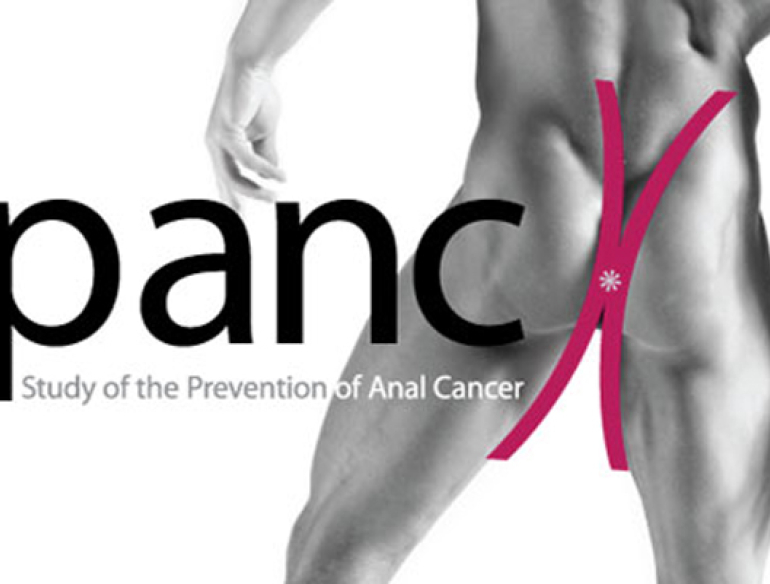The study results will contribute to understanding of the natural history of anal HPV and inform the possible development of guidelines for implementing anal cancer screening programs in gay and bisexual men.
There has been a steady increase in the number of anal cancer cases over the past few decades. A key feature of anal cancer is that it affects certain groups significantly more than the general population. The main risk factor is anal exposure to human papillomavirus (HPV), and for this reason, gay and bisexual men are at particularly high risk, experiencing rates of anal cancer that are at least 20-fold higher than the general population. While people living with HIV in general have approximately 30-fold increased rates of anal cancer, the combination of immunodeficiency and anal HPV exposure means HIV positive gay and bisexual men are the most affected group of people, with rates of up to 100 times that of heterosexual men.
The Study of Prevention of Anal Cancer (SPANC) is a prospective cohort study of the epidemiology of anal HPV infection and related cytological and histological anal abnormalities in HIV positive and HIV negative gay and bisexual men aged 35 years and older in Sydney, Australia.
Men aged 35 years or older who reported having sex with another man in their lifetime were eligible. Participants were recruited mainly from community-based settings in Sydney, including gay community social events and organisations, as well as referrals from other participants. In addition, approximately 35% of HIV-positive and 5% of HIV-negative participants were recruited through HIV and sexual health clinics. There are five screening visits over three years. At each visit, participants complete a detailed risk factor questionnaire and undergo an anal swab for cytology and HPV DNA testing, followed by high-resolution anoscopy (HRA) and directed biopsy of any visible abnormalities.
- ACON – New South Wales
- Australian Federation of AIDS Organisations (AFAO)
- Douglass Hanly Moir Pathology – New South Wales
- Melbourne Sexual Health Centre
- Positive Life NSW
- Royal Women's Hospital Melbourne
- RPA Sexual Health – New South Wales
- St Vincent's Hospital Sydney
- University of Sydney
- Western Sydney Sexual Health Centre (WSSHC)

